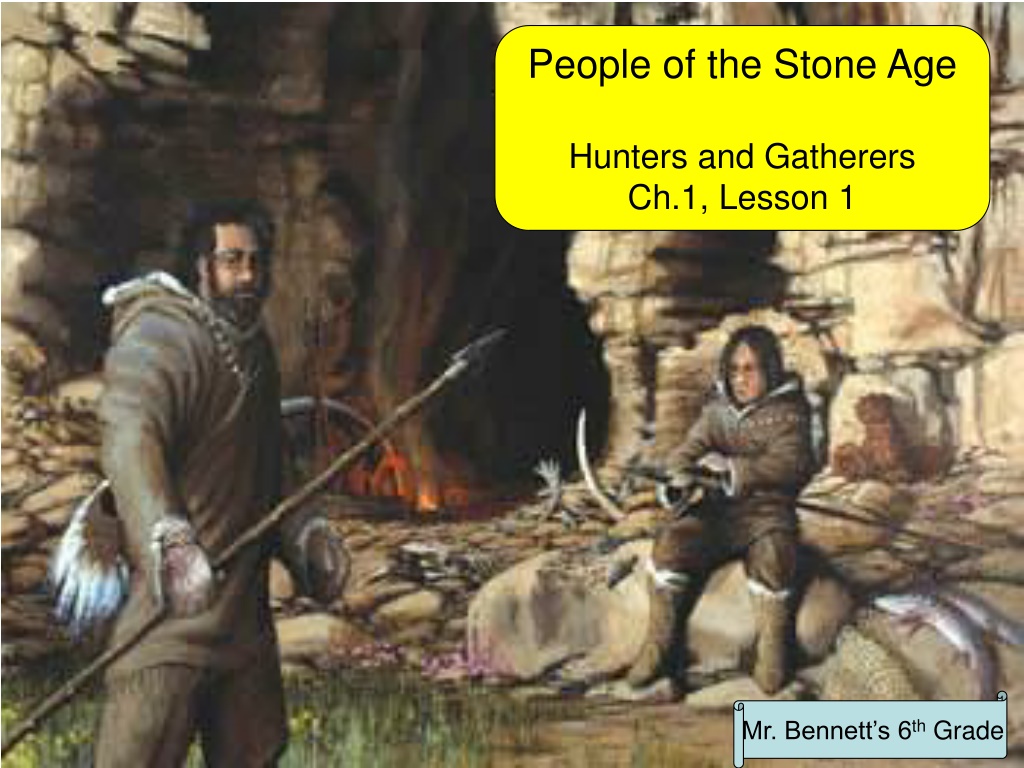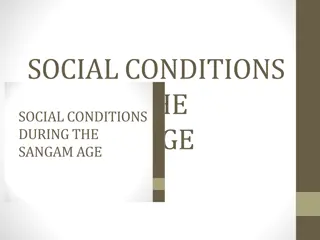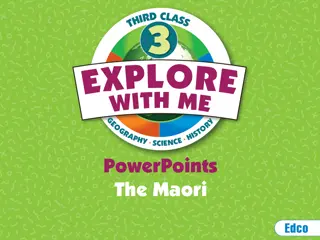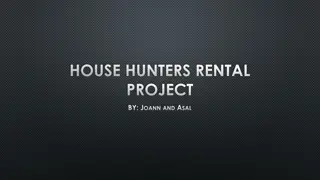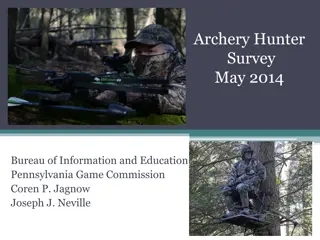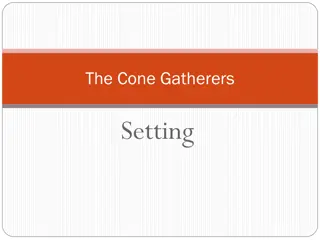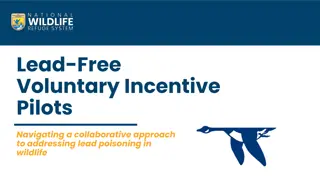Life of Early Humans: Hunters and Gatherers
Early humans in the Stone Age spread from Africa to various parts of the world as they hunted, gathered, and cooperated to meet their basic needs for food, clothing, and shelter. They relied on groups of related families to collect food and resources, hunted animals for meat, bones, and hides, and migrated in search of food and resources. Ice Age conditions facilitated migration to different parts of the world via land bridges.
Download Presentation

Please find below an Image/Link to download the presentation.
The content on the website is provided AS IS for your information and personal use only. It may not be sold, licensed, or shared on other websites without obtaining consent from the author.If you encounter any issues during the download, it is possible that the publisher has removed the file from their server.
You are allowed to download the files provided on this website for personal or commercial use, subject to the condition that they are used lawfully. All files are the property of their respective owners.
The content on the website is provided AS IS for your information and personal use only. It may not be sold, licensed, or shared on other websites without obtaining consent from the author.
E N D
Presentation Transcript
People of the Stone Age Hunters and Gatherers Ch.1, Lesson 1 Mr. Bennett s 6th Grade
The earliest humans probably lived in Africa. They spread to the rest of the world over the next tens of thousands of years as they hunted and gathered food to survive.
UghMe so Hungry!
Groups of related families united in bands to collect roots, nuts, fruits and seeds. They also hunted together. By co-operating together they met their basic needs for food, clothing and shelter.
The animals they killed provided meat for food, bones for tools, and hides for clothing.
They set up seasonal camps in caves or rock shelters wherever the animals were plentiful.
Bands migrated when food (plants or animals) became scarce in one location. We re outta here! Yaba-daba-doo!
Reasons for the Migrations Couldn t find enough food Growing number of bands Changing climate (desertification) Follow animals on the move (hunting)
Ice Age About 35,000 years ago Ice sheets covered about 1/3 of the earth Result ocean level lower & land bridges made migration to various parts of world possible
And it made a cool movie too And it made a cool movie too
People in different parts of the world gradually developed their own cultures (way of life). As bands grew larger, their organization and interactions within the group changed. Band members now performed different tasks (division of labor) and took on different roles according to their abilities and the group s needs.
Here we see our good friend, Ugamug, hard at work using his tools. Watch out for your thumb!
What have we learned?
1.How did early people get the food they needed to survive?
2. Why did early people work together?
3. Besides food, for what purposes might early people have worked together?
This powerpoint was kindly donated to www.worldofteaching.com http://www.worldofteaching.com is home to over a thousand powerpoints submitted by teachers. This is a completely free site and requires no registration. Please visit and I hope it will help in your teaching.
